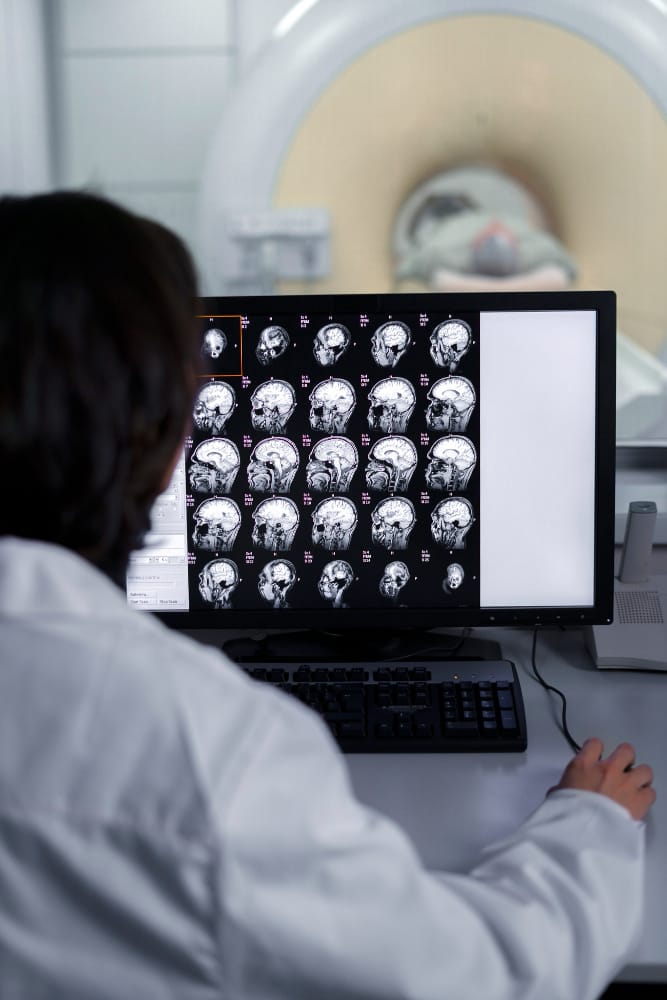When it comes to spinal cord injuries (SCIs), the impact on one’s life can be immense. Simple tasks that were once taken for granted may become challenging or require adaptations. Among these tasks, the ability to drive may be one of the most significant for individuals seeking to regain their independence and resume their daily routines. However, driving after a spinal cord injury raises important questions and considerations regarding safety, adaptations, and legal requirements. We will discuss the challenges of driving following a spinal cord injury as well as what you need to do to start a serious injury claim.
The Journey of Regaining Independence
For many individuals living with spinal cord injuries, regaining the ability to drive represents a crucial step towards reclaiming their independence. Driving allows them to commute to work, pursue education, socialize, and engage in recreational activities without relying on others. It offers a sense of freedom and empowerment, fostering a return to pre-injury routines and enhancing overall quality of life.
Understanding the Challenges
Before exploring the possibilities of driving after a spinal cord injury, it’s important to acknowledge the challenges associated with such a pursuit. SCIs can result in varying degrees of impairment, affecting physical, sensory, and cognitive functions. Paralysis or weakness in the lower limbs, reduced sensation, and impaired motor control are common consequences of spinal cord injuries. These limitations can impact a person’s ability to operate a vehicle safely and efficiently.
Adaptations and Assistive Technology
To address the challenges faced by individuals with spinal cord injuries, various adaptations and assistive technologies have been developed. These innovative solutions help enhance accessibility and safety, enabling people with SCIs to operate vehicles more effectively. Hand controls, for example, allow individuals with limited or no lower limb function to use their hands to accelerate and brake. Modified steering wheels and controls can be installed to accommodate reduced upper body strength or dexterity. Additionally, wheelchair-accessible vehicles with ramps or lifts can simplify the process of getting in and out of the vehicle.
Evaluating Fitness to Drive
Determining whether someone with a spinal cord injury is fit to drive requires a comprehensive evaluation. Medical professionals, such as occupational therapists and driver rehabilitation specialists, play a vital role in assessing an individual’s physical and cognitive abilities related to driving. These assessments typically involve a series of tests and simulations that evaluate reaction time, coordination, judgment, and visual perception. By considering the specific needs and limitations of each individual, these evaluations provide valuable insights into their readiness to drive after a spinal cord injury.
Legal and Regulatory Considerations
The ability to drive after a spinal cord injury also involves legal and regulatory considerations. The requirements vary across jurisdictions, but in many cases, individuals with SCIs must meet specific criteria to obtain or retain their driver’s license. This often includes medical evaluations, completion of driver rehabilitation programs, and adherence to any restrictions or modifications prescribed by the licensing authority. It is essential for individuals with spinal cord injuries to familiarize themselves with the local laws and regulations governing driving after an injury to ensure compliance and avoid potential legal issues.
Avoiding Potential Risks
While driving can significantly enhance independence, individuals with spinal cord injuries must also be aware of potential risks and take necessary precautions. Fatigue, medication side effects, and distractions can impact driving performance and safety. It’s crucial to avoid driving when fatigued, impaired by medication, or emotionally overwhelmed. Regular vehicle maintenance and ensuring that adaptive equipment is functioning properly are also essential steps in minimizing risks. Moreover, ongoing education and training can help individuals stay up to date with safe driving practices and new assistive technologies.
Embracing a New Chapter
Driving after a spinal cord injury can be a transformative experience, marking a milestone in the journey towards independence and normalcy. It symbolizes overcoming challenges, adapting to new circumstances, and embracing a new chapter of life.While the road to driving after a spinal cord injury may present obstacles, advancements in assistive technology and comprehensive evaluations make it possible for many individuals to regain this important aspect of their lives. By understanding the challenges, exploring adaptations and assistive technologies, evaluating fitness to drive, considering legal requirements, and prioritizing safety, individuals with spinal cord injuries can navigate the road with confidence and embrace newfound freedom.
Remember, driving after a spinal cord injury should always be approached with caution and responsibility. Seeking guidance from healthcare professionals, obtaining appropriate evaluations, and complying with local laws and regulations are crucial steps in ensuring safety and minimizing risks. With the right support and adaptations, individuals can reclaim their independence, rediscover their capabilities, and embark on a new chapter of their lives after a spinal cord injury.
Making a Serious Injury Claim
Sustaining a spinal cord injury is a life-altering event that can have significant physical, emotional, and financial implications. In many cases, these injuries occur due to accidents or incidents that may be caused by the negligence or wrongdoing of others. If you or a loved one has experienced a spinal cord injury as a result of someone else’s actions, you may be entitled to make a serious injury claim.
Making a serious injury claim involves seeking compensation for the damages and losses incurred due to the spinal cord injury. This can include medical expenses, rehabilitation costs, ongoing care and support, lost wages, pain and suffering, and other related expenses. It is essential to consult with us at National Claims, where we specialise in spinal cord injury cases. We also help you to understand your rights and navigate the claims process.
A personal injury lawyer experienced in spinal cord injury claims can assess the circumstances surrounding your case, gather evidence, and build a strong legal strategy to pursue the compensation you deserve. They will work with medical professionals, rehabilitation experts, and other relevant specialists to determine the full extent of your damages and present a compelling case on your behalf. Remember that each case is unique, and the compensation you may be entitled to will depend on the specific details of your situation.

Conclusion
Driving after a spinal cord injury represents a significant milestone in the journey towards regaining independence and normalcy. While the challenges and considerations may seem daunting, advances in assistive technology and comprehensive evaluations have made it possible for many individuals to get back behind the wheel. By embracing adaptations, seeking professional evaluations, understanding legal requirements, and prioritizing safety, individuals with spinal cord injuries can confidently navigate the road and embrace newfound freedom.
It is crucial to approach driving after a spinal cord injury responsibly, taking into account individual limitations and following medical advice and legal guidelines. Safety should always be the top priority, and ongoing education and training can help individuals stay updated on the latest driving practices and assistive technologies.
Furthermore, if you or a loved one has experienced a spinal cord injury due to someone else’s negligence, it may be worth exploring the option of making a serious injury claim. Seeking the guidance of our skilled team of claims specialists can help you understand your rights and pursue fair compensation for the damages and losses incurred.
Remember, the road to recovery after a spinal cord injury may be challenging, but with the right support, determination, and adaptations, individuals can reclaim their independence, overcome obstacles, and embrace a fulfilling life beyond their injury.
Start your claim today and contact us to be put in touch with one of our claims specialists.
Click below to see why we are one of the most trusted claims management companies in the UK.

We’re proud of our excellent customer reviews
We thrive on delivering exceptional service and ensuring our clients’ satisfaction. Don’t just take our word for it. Check out some of our independent reviews to see what our clients have to say.
Excellent

This firm is excellent, they sorted out my car pay out and injury claim very fast, they always communicate with you all the time.

My accident case was dealt with confidence and with great result of the outcome, especially James kept me informed all the time.

I was very impressed at the way my inquiry was treated. I was listened to attentively and everything I needed to know was explained to me.






